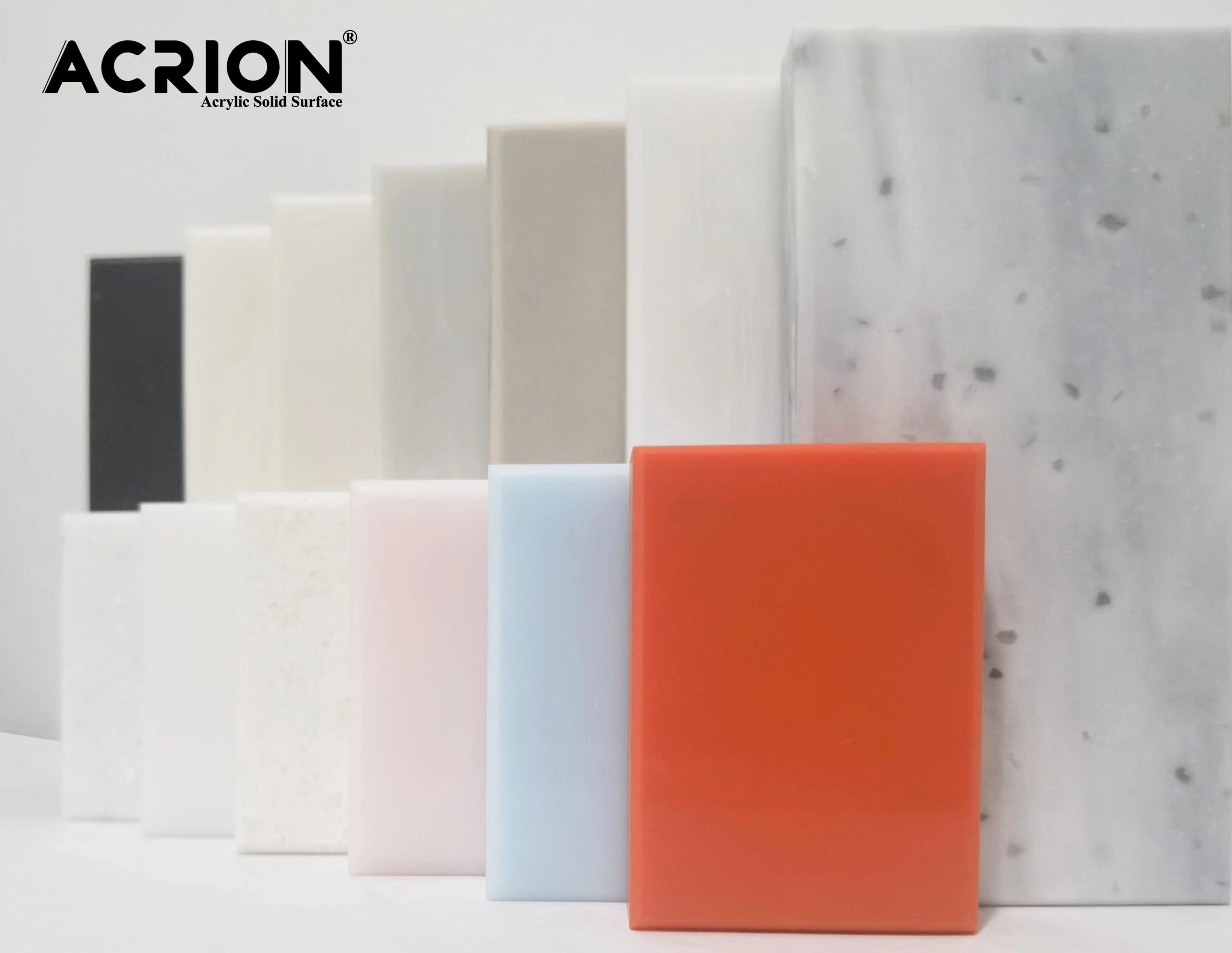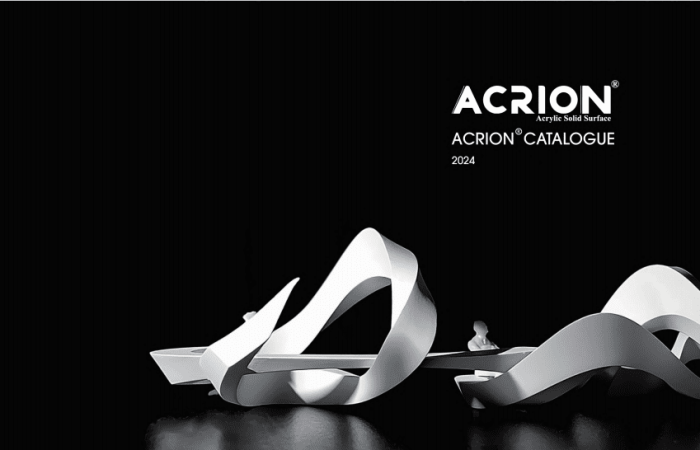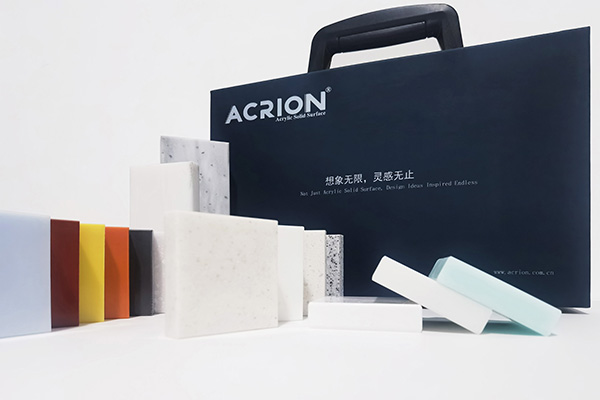Erros comuns a serem evitados na manutenção da bancada acion
As bancadas da Acion são uma escolha popular para cozinhas e banheiros devido à sua durabilidade, aparência perfeita e versatilidade. No entanto, a manutenção inadequada pode levar ao desgaste prematuro, descoloração ou até danos irreversíveis. Compreender as armadilhas comuns nos cuidados com a bancada da Acion é essencial para preservar sua beleza e funcionalidade nos próximos anos.
Recompensando mal a resistência ao calor
Exposição direta a altas temperaturas
Um dos conceitos errôneos mais prevalentes sobre as bancadas de acion é a capacidade de suportar calor extremo sem proteção. Enquanto o Acrion é resistente ao calor até certo ponto, colocar vasos, panelas ou aparelhos quentes diretamente na superfície pode causar choque térmico, levando a rachaduras, descoloração ou deformação. Isso é especialmente verdadeiro para mudanças repentinas de temperatura, como transferir uma panela quente do fogão para uma bancada fria.
Falta de medidas de proteção
Muitos proprietários não usam trivets, almofadas quentes ou tapetes isolantes em itens quentes, assumindo que o material possa lidar com o calor. Com o tempo, a exposição repetida a altas temperaturas enfraquece a superfície, tornando -a mais suscetível a danos. Mesmo um breve contato com objetos muito quentes pode deixar marcas permanentes ou alterar a aparência da bancada.
Ignorando as diretrizes do fabricante
Os fabricantes geralmente fornecem instruções específicas sobre os limites de exposição ao calor para bancadas de acion. Desconsiderando essas recomendações, como colocar aparelhos aquecidos como fogões lentos ou churrasqueiras diretamente na superfície, pode anular garantias e acelerar a deterioração. Consulte sempre o manual de atendimento ou consulte o instalador para obter práticas adequadas de gerenciamento de calor.
Usando produtos e métodos de limpeza incorretos
Limpadores químicos severos
As bancadas da Acion requerem soluções de limpeza suaves para manter seu acabamento. Usando produtos de limpeza abrasivos ou ácidos, como limpadores de forno, alvejante ou produtos à base de amônia, podem gravar a superfície, retirar os revestimentos de proteção ou causar desbotamento. Esses produtos químicos também podem reagir com o material, levando à descoloração ou uma aparência maçante e calcária.
Ferramentas de limpeza abrasivas
Limpando o acion com lã de aço, almofadas abrasivas ou escovas severas podem arranhar a superfície, criando ranhuras minúsculas onde a sujeira e as bactérias podem se acumular. Com o tempo, esses arranhões se tornam mais visíveis, diminuindo o apelo estético da bancada. Mesmo esponjas "não arranhadas" podem conter partículas abrasivas que danificam o material se usadas agressivamente.
Técnicas inadequadas de remoção de manchas
Ao lidar com manchas teimosas como tinta, corante ou ferrugem, alguns proprietários recorrem ao uso de solventes como dilúvio de tinta, acetona ou removedor de esmaltes. Essas substâncias podem dissolver ou descolorir a superfície do acion, causando danos irreversíveis. Da mesma forma, raspar resíduos pegajosos com ferramentas nítidas, como facas ou lâminas de barbear, pode arrancar o material, deixando marcas permanentes.
Negligenciando a manutenção e proteção regulares
Não resolvendo derramamentos prontamente
A ACION é não porosa, mas a exposição prolongada a líquidos como vinho, café ou sucos cítricos pode se infiltrar em imperfeições microscópicas, causando manchas. Deixar os derramamentos sentados sem vigilância permite que o líquido penetre mais profundamente, dificultando a remoção e aumentando o risco de descoloração permanente. Isso é particularmente verdadeiro para substâncias ácidas que podem reagir quimicamente com o material.
Ignorando a necessidade de selar ou polir
Ao contrário da pedra natural, a Acrion não requer vedação regular, mas sua superfície pode perder seu brilho ao longo do tempo devido a abrasão ou exposição química. Alguns proprietários acreditam erroneamente que nenhuma manutenção é necessária além da limpeza básica, levando a uma aparência maçante e desgastada. O polimento periódico com um produto não abrasivo e seguro de acion pode restaurar o brilho e criar uma barreira protetora contra danos futuros.
Ignorando fatores ambientais
A exposição direta à luz solar pode desaparecer ou as bancadas amarelas do acion ao longo do tempo, especialmente em áreas próximas a janelas ou sob clarabóias. Deixar de usar tratamentos de janela ou filmes protetores por UV pode acelerar esse processo, resultando em coloração desigual ou em uma aparência desbotada. Além disso, colocar objetos pesados na bancada sem suporte adequado pode causar flacidez ou rachadura, principalmente em áreas com reforço inadequado do gabinete.



